Grooming habits in cats have evolved over millions of years, serving both functional and social purposes. Understanding these behaviors requires a look back into the evolutionary history of felines. From their ancient ancestors, today’s domestic cats have inherited practices that ensured survival by promoting hygiene, stealth, and social bonds.
Anatomy and Physiology: Built for Grooming
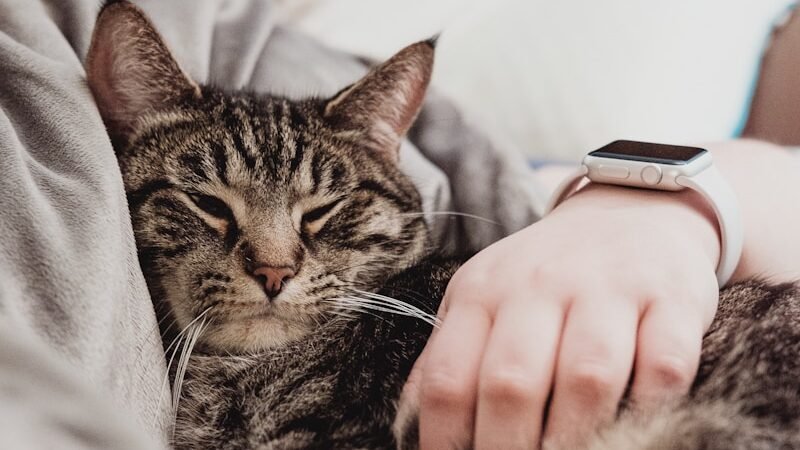
One of the key factors enabling cats’ unique grooming habits is their specialized anatomy. Their tongues are equipped with tiny, backward-facing barbs called papillae. These structures help cats efficiently clean their fur, distributing natural oils produced by the skin to maintain a healthy coat.
The Role of Grooming in Flawless Stealth

Cats are natural predators, and grooming plays a vital role in maintaining their stealth. By keeping their coats clean and free of odor, cats are less likely to alert potential prey to their presence. This ultimate predator’s strategy significantly increases their hunting success rate.
Grooming for Health: Parasite Control
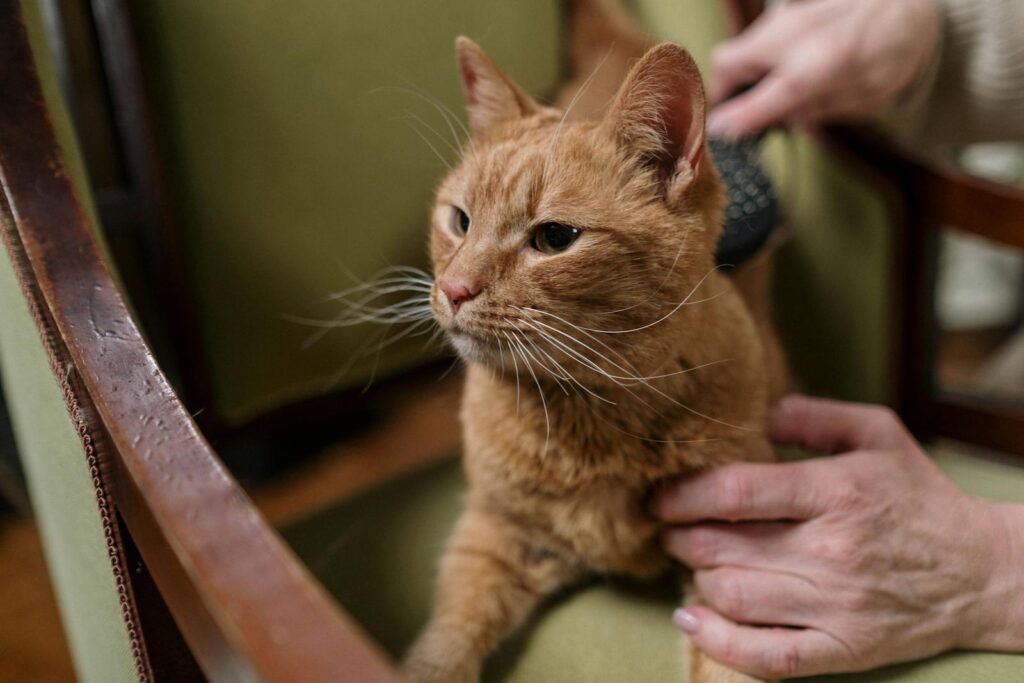
Regular grooming helps cats remove parasites such as fleas and ticks. The meticulous licking helps dislodge and eliminate these unwanted guests, which could otherwise cause health issues. Additionally, grooming stimulates the skin, improving circulation and potentially reducing the risk of dermatological problems.
Social Bonding and Grooming Among Cats
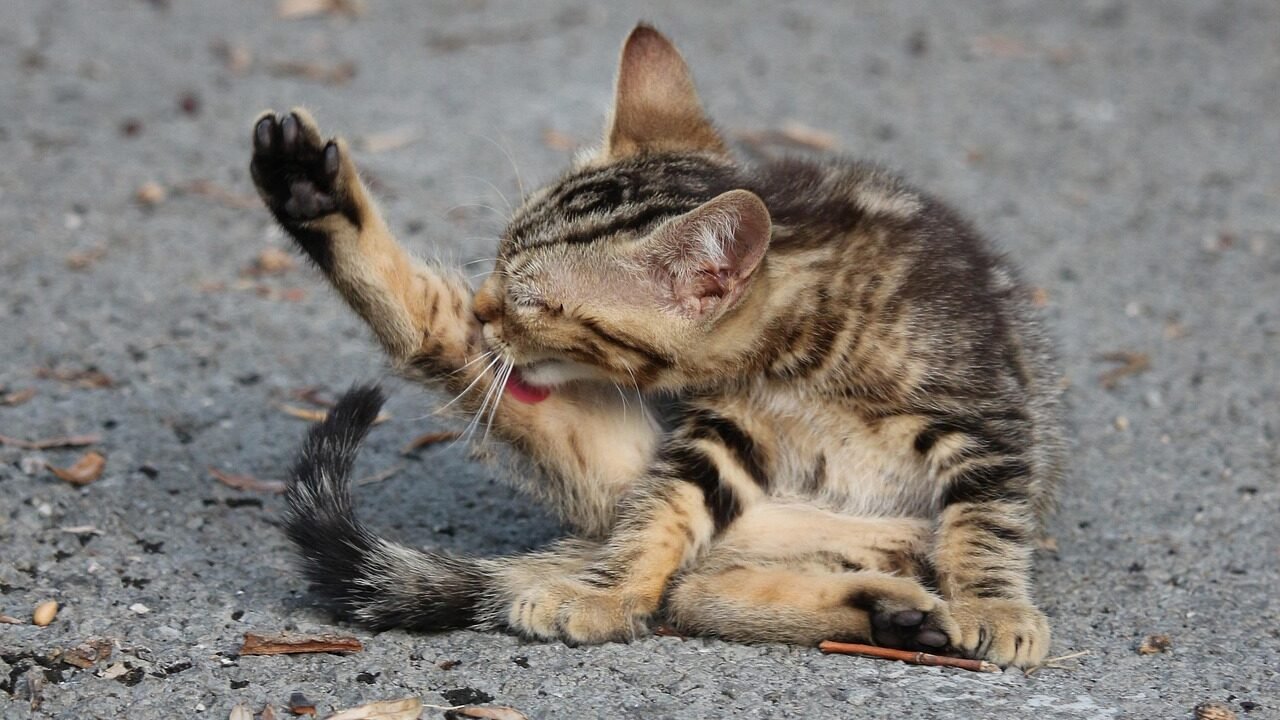
For cats, grooming is not only a solitary activity but also a social one. Mutual grooming, known as allogrooming, in groups of cats strengthens social bonds and establishes hierarchies within the colony. This behavior is an important social interaction that communicates comfort and trust among feline companions.
Grooming and Stress Relief
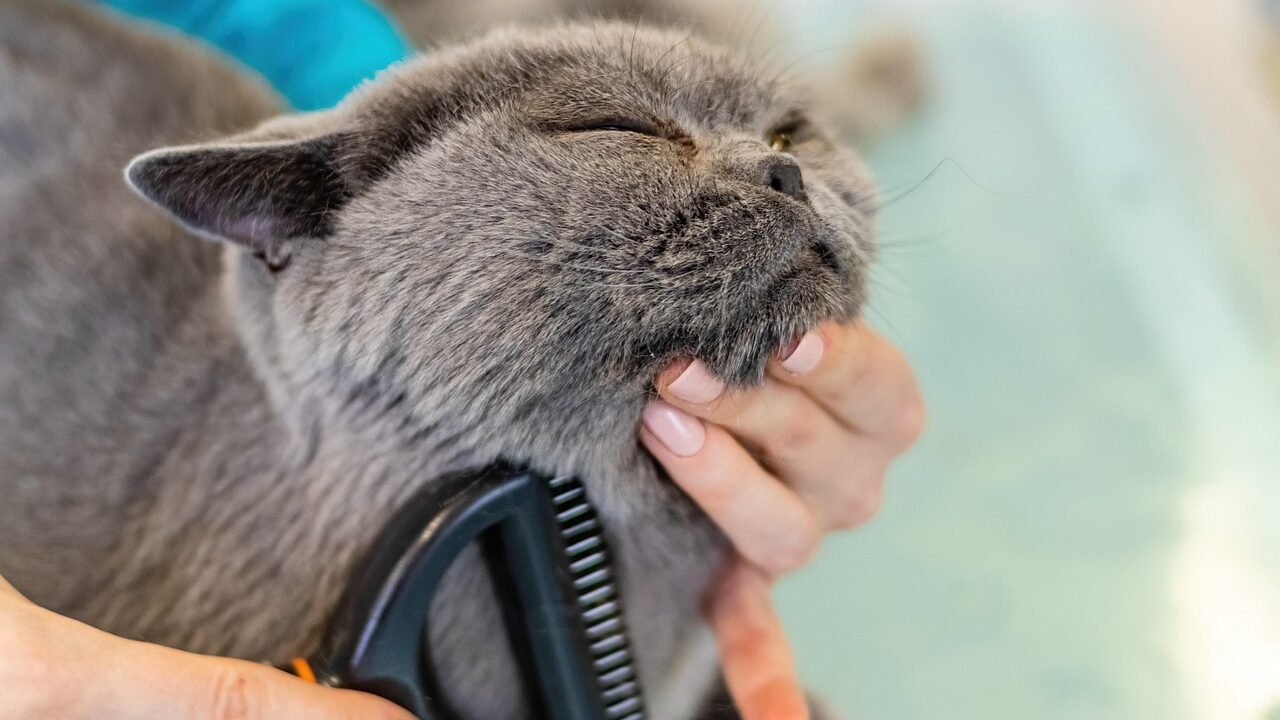
Grooming can serve as a self-soothing behavior for cats. In stressful situations, cats may groom themselves more frequently as a calming mechanism. This displacement activity helps them cope with anxiety, providing a sense of security and control.
Over-Grooming: When Grooming Becomes Compulsive
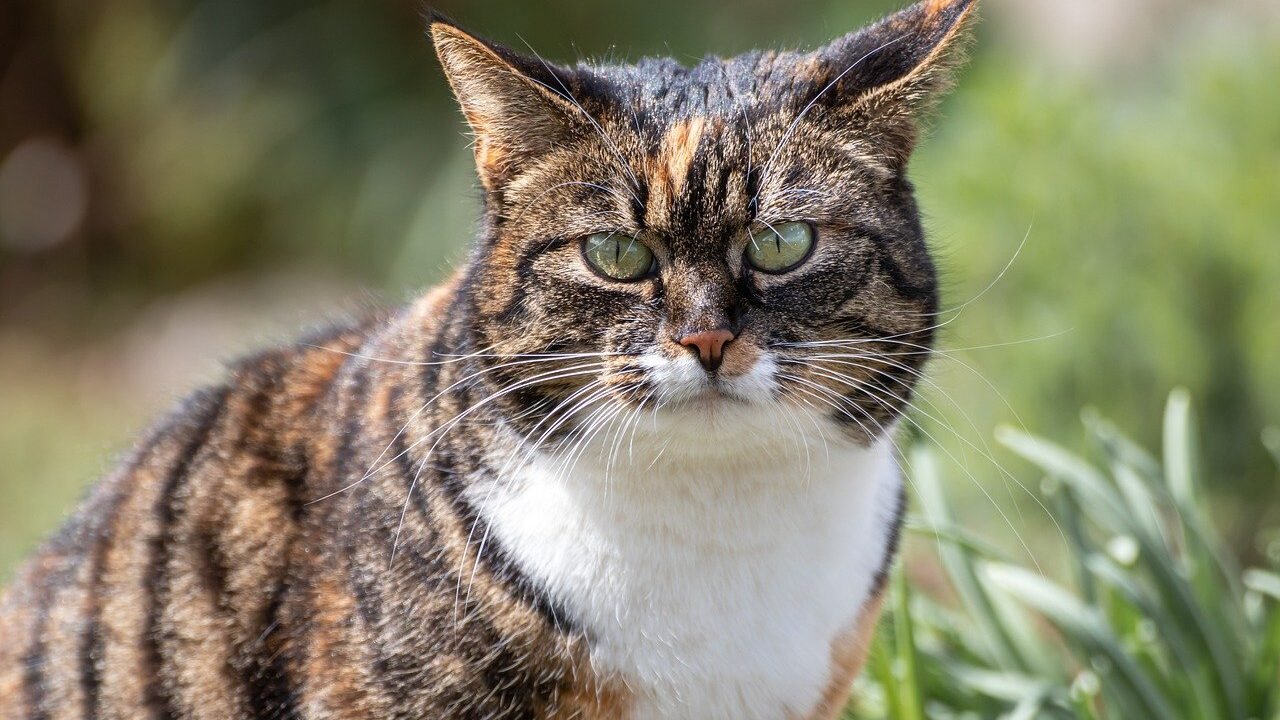
In some instances, grooming can become excessive or compulsive, leading to health problems such as hair loss and skin irritation. This behavior, often triggered by stress, anxiety, or skin conditions, can require intervention by a veterinarian to identify and address underlying issues.
The Impact of Environment on Grooming Habits

The environment plays a crucial role in shaping a cat’s grooming habits. Changes in the environment, like the introduction of new pets or alterations in routine, can affect the frequency and intensity of grooming. Understanding these environmental impacts is key to maintaining a cat’s well-being.
Grooming and Diet: The Link to Healthy Habits
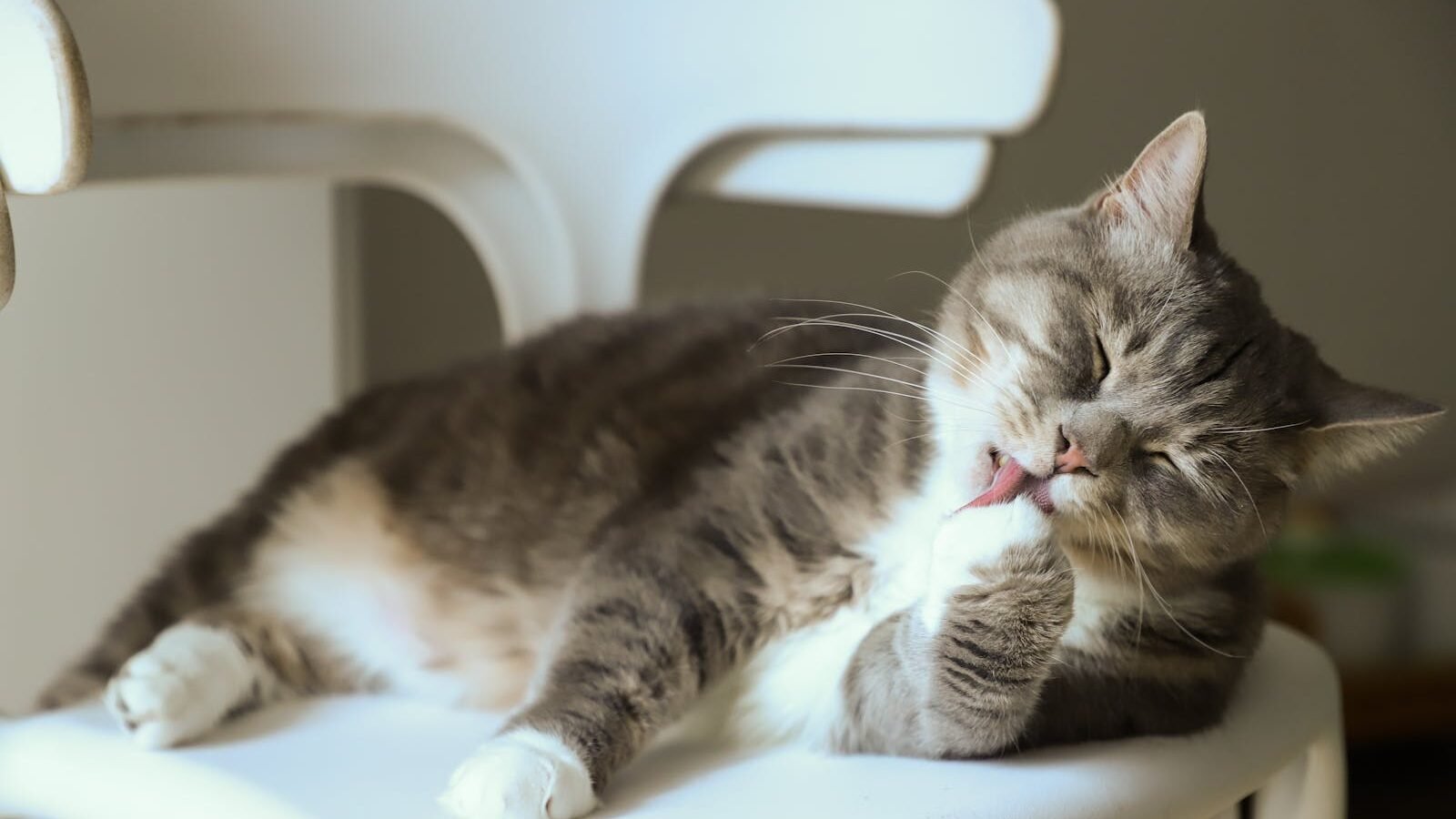
A cat’s diet can influence its grooming behavior. Nutritional deficiencies or imbalances may lead to dull coats and increased shedding, prompting more frequent grooming sessions. Providing a balanced diet rich in essential nutrients supports optimal skin and coat health, reducing the need for excessive grooming.
Observing Grooming Habits for Health Clues
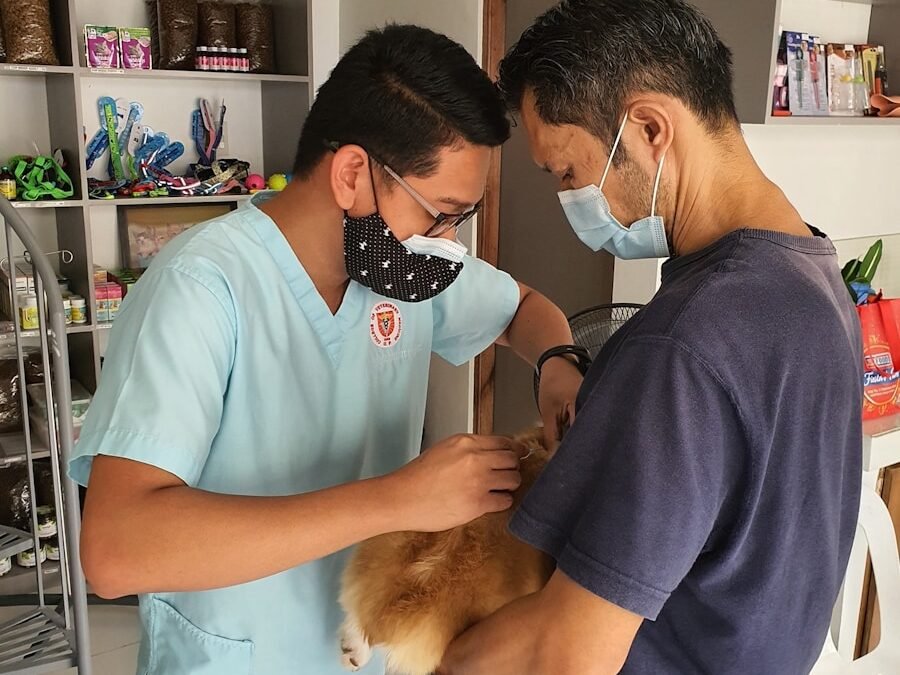
Monitoring a cat’s grooming habits provides valuable insights into its overall health and well-being. Sudden changes in grooming patterns can indicate health issues such as dental problems, arthritis, or skin conditions. Regular observation helps pet owners detect potential concerns early, ensuring timely veterinary care.
Conclusion: Appreciating the Complexity of Cat Grooming
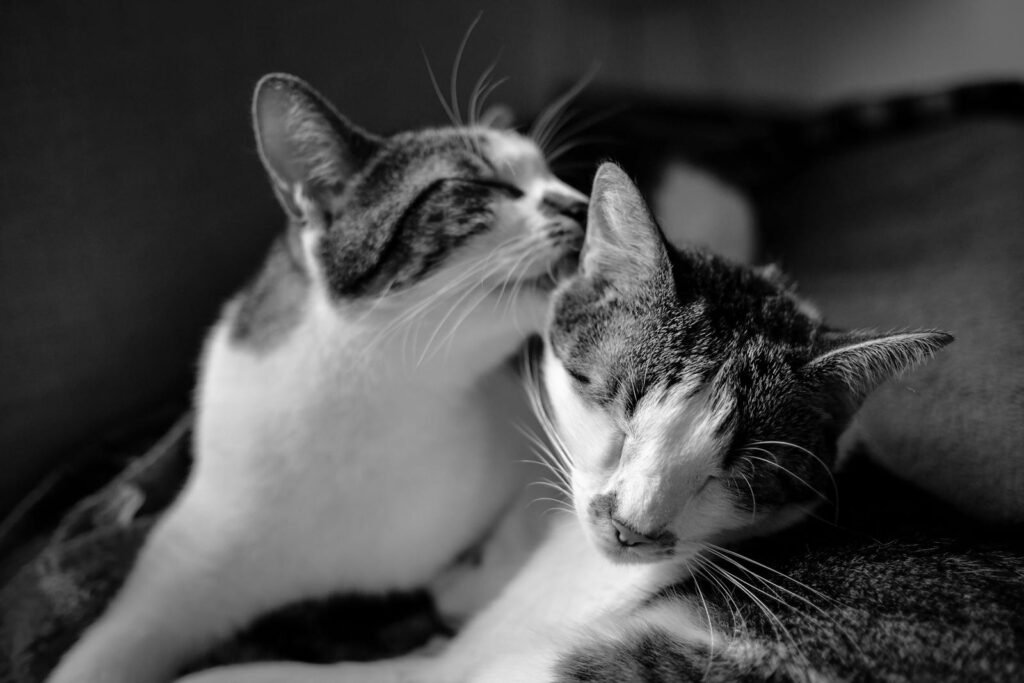
Photo by Francesco Ungaro via Pexels
The grooming habits of cats are a remarkable blend of evolved behaviors and adaptive strategies. From ensuring hygiene and health to cementing social bonds and providing stress relief, grooming is integral to the feline lifestyle. By understanding and respecting these instincts, pet owners can better support their feline companions’ physical and emotional well-being.

With over a decade of experience as a dedicated cat lover and enthusiast, I specialize in writing captivating content about all things feline. My expertise shines through in creating engaging and informative pieces that resonate with fellow cat lovers. As a proud cat parent to my beloved Duston, my personal connection to the world of cats adds authenticity and warmth to my work, making it relatable and heartfelt.






